Employee engagement is all about relationships, and organizations can leverage natural, social dialogue to strengthen company culture. Many program managers are adding social recognition functionality to their recognition and engagement platforms to achieve just that.
These days, we spend our lives online, with push notifications from Outlook, Twitter, Skype, and checking news, weather, and sports as it happens. Whether on our phones or working at a computer in the office, we’re wired most of our waking hours. Our social interactions take place online, too.
We see our friends on Facebook or Instagram far more often than we see them for dinner.
By adding social recognition in the form of Facebook-like feeds, organizations can help to connect people to each other and to the company itself. It’s more than just a trend, it’s part of a business strategy for engagement.
Here are a few things to think about when deciding how to manage social recognition in your employee engagement program:
Your Company-wide Water Cooler
In many workplaces, employees are scattered geographically or siloed by department. The social stream or feed can be the central gathering place to see what’s going on and to participate, even at a distance.
The social stream will not capture all of the great accomplishments of your people – it may miss those who work independently or who work with a manager who does not take advantage of recognition opportunities – but can give color and momentum to your recognition program.
What really brings the program to life is the opportunity for peers to recognize one another. Peer-to-peer recognition is highly valued by your employees. Those closest to them, who understand the demands and challenges of the job, can often see the day-to-day achievements that upper management may miss. Knowing that they have the respect and appreciation of their colleagues builds connections between people and strengthens your organization.
Encouraging managers to participate will give you a more complete picture, tied to your corporate goals. Adding this kind of visibility to achievements reinforces the actions and builds careers.
Monitoring Comments – Do You Have the Time?
Employee engagement platforms often offer functionality that allows comments, much like Facebook – everyone has the chance to congratulate the colleague or add on to the story! By allowing others to amplify the recognition, it can grow in significance for the recipient.
Many corporate program owners, however, feel that comments should be monitored for appropriateness, and that takes time. On our personal Facebook and Instagram feeds, we’ve all seen the snarky comment or worse. In a corporate environment, that can be damaging beyond hurt feelings.
If you’re planning to add social recognition with comments, take the time to think through the risk and determine what resources you may need to manage it. That will inform your decision on whether or not to include this functionality.
Social Recognition Isn’t Enough. Personal Acknowledgement Matters Most.
Overreliance on social recognition can actually have a negative effect on engagement. When the manager down the hall sends an eCard, but fails to stop by and congratulate the recipient, it rings hollow.
Social recognition can help to broadcast and track recognition, but whenever possible, it should be complemented by personal acknowledgement. Whether that takes the form of a simple “thank you!” or a presentation at a recognition event, the act of one person addressing another directly has power.
Every program participant is unique and what is meaningful to them should be part of the consideration when delivering effective recognition.
You can read more about the importance of off-line recognition in our article, Is Social Recognition Social Enough to be Meaningful.
Social recognition has an important role to play in employee engagement. And including a social stream in your program will help to keep it relevant and fun for program participants. Just be sure to also say “thanks!”



